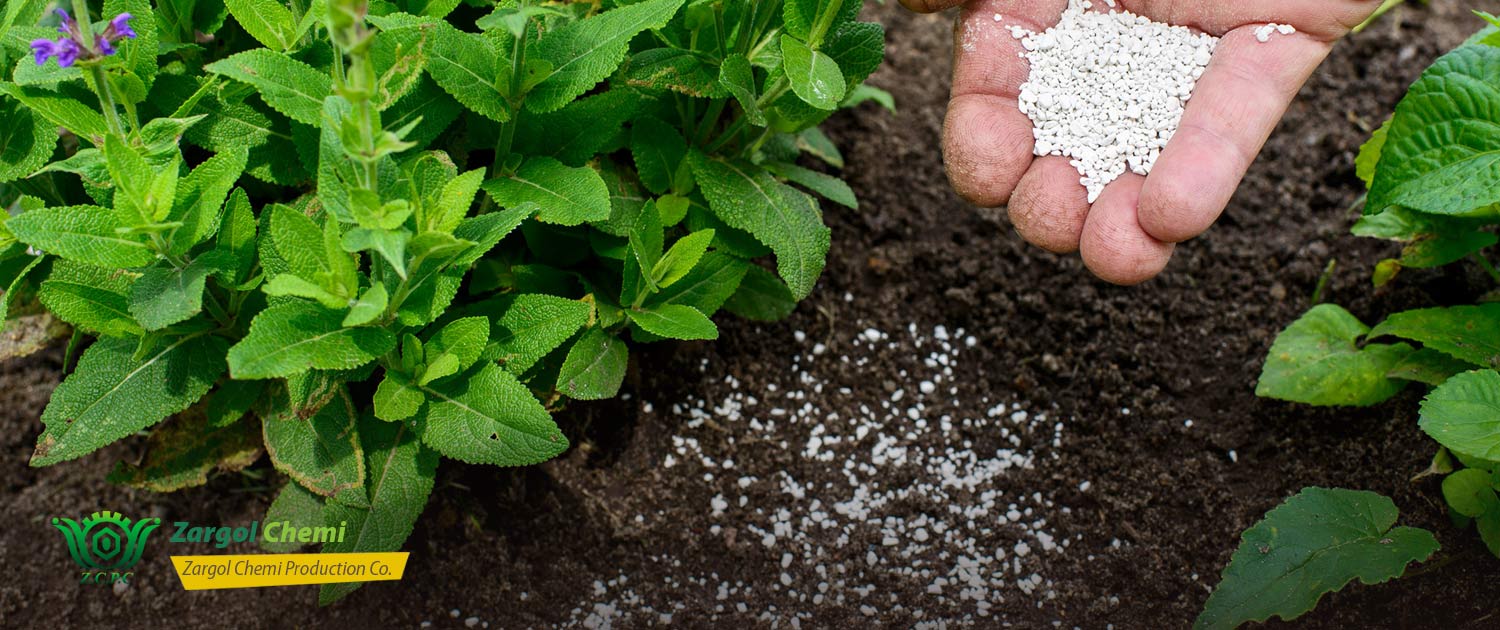Tips for reducing fertilizer costs
Farmers are re-evaluating their fertilizer application due to high fertilizer prices. Farmers who regularly applied fertilizer may not need as much or any additional fertilizer if their soil tests are optimal; especially for lime, phosphorus (P), and potassium (K). Most agricultural clay-based soils have around a ton of P and perhaps 40 tons of soil K. Applying high priced fertilizer when it may not be needed is not a good investment.

Soil testing is a good investment for both rented and owned cropland.
Soil tests are accurate for 3 years, but knowing what fields need fertilizer is the most important. Fields that are nutrient low should be prioritized over high or optimal fields, especially if fertilizer dollars are limited. Without recent soil tests, farmers are just guessing their crop’s nutrient needs. Soil samples are usually taken in the fall or early spring. Soil tests are often taken at the same time of year and then compared over several years to see soil fertility trends. Weather, crop rotation, and the soil environment may change your soil fertility and nutrient availability.
Start by looking at field’s soil pH which should be between 6.0 -6.8 for most field crops. If the soil pH is in the right range, then most other soil nutrients should be available at optimal levels. A low or high soil pH generally ties up critical soil nutrients. Next look at soil P and K levels. Most current soil tests are now using Melich-3 instead of Bray P1. Mehlich-3 P returns approximately 35% higher soil test phosphorous (STP) values than Bray P1 and approximately 14% higher soil test potassium (STK) values.
Due to improved plant breeding, most crops are now more efficient at obtaining soil nutrients, leading to lower fertilizer needs. While P has stayed relatively stable, K levels in crops harvested has dropped 26% in corn, 19% in soybeans, and 35% in wheat. Currently, our crops are yielding more bushels per acre with less nutrients removed. These new numbers can save farmers money on additional fertilizer inputs, especially when fertilizer prices are high.
New crop removal rates for corn are now estimated to be .74# of N, .35# P2O5, and .2# K2O for each bushel harvested. These removal rates are based on P2O5 and K2O and NOT actual fertilizer rates. For example, for potassium chloride (0-0-60), it takes 100# of 0-0-60 to equal 60# K2O. For soybeans, .79# P2O5, and 1.14# K2O are removed for each soybean bushel harvested. For wheat, estimates are .96# of N, .49# P2O5, and .24# K2O for each wheat bushel harvested. These numbers are based on recently updated Tri-State Fertilizer guidelines.
The optimal range for P is around 20-40# P2O5 based on Mehlich-3 which is very close to the old standard of 30-60# P2O5 Bray P1. For loamy and clay soils, the optimal range for K2O is 120-170 while for sandy soils the range is 100-130.

When fertilizer prices are high, fields that are in the optimal range have enough nutrients for at least one or several years to grow crops without any nutrient deficiency signs. When fertilizer prices come down, farmers can start applying fertilizer again to keep yields and fertility levels up. In general, soils with good soil health can maintain and even raise crop fertility levels. Beneficial soil fungi (mycorrhizae) supply the plant with 6X more P than roots can alone. Good soil structure and maintaining high soil organic matter (SOM) levels create good soil fertility.
When fertilizer soil tests are less than optimum, start by correcting your pH with lime first then address P and K fertilizer needs. Soil pH along with SOM determines when most nutrients are optimally plant available. Soil P levels remain steady longer than soil K, especially if forages are harvested. In high fertilizer cost years, avoid trying to “build up” or over applying fertilizer, because it does not pay. Just use up fertilizer in your “soil bank”.
For phosphorus (P) fertilizer, avoid broadcasting by applying P starter fertilizer in a band to increase P fertilizer efficiency. Potassium (K) fertilizer can be broadcast because it moves into the soil easier than P. For nitrogen, consider lowering your application rates. Based on the cost of N fertilizer ($.90 per # of N) and the price of corn ($5.85/ bushel), lowering your N fertilizer rate 15-20# per acre may only cost you 1 bushel of corn, so it’s more economical to cut back N rates slightly. Always follow the 4 R’s when applying fertilizer. Apply the right rate, use the right source, apply it at the right time, and in the right place.
Source: https://ocj.com/2022/01/tips-for-reducing-fertilizer-costs/



Leave a Reply
Want to join the discussion?Feel free to contribute!